This discovery of two marine vessels in the South China Sea by researchers has sparked conversation around the fabled Ming dynasty.
Now, archaeologists are studying the well-preserved relics as they could unveil valuable insight into the marine capabilities of China’s most prosperous ancient dynasties.
The Ming Dynasty

During the late medieval period, scholars studied this dynasty as it proved to have impressive trading capabilities and preservation, which showed how the dynasty influenced the world beyond its borders.
Impressive Voyages That Opened Up Trade
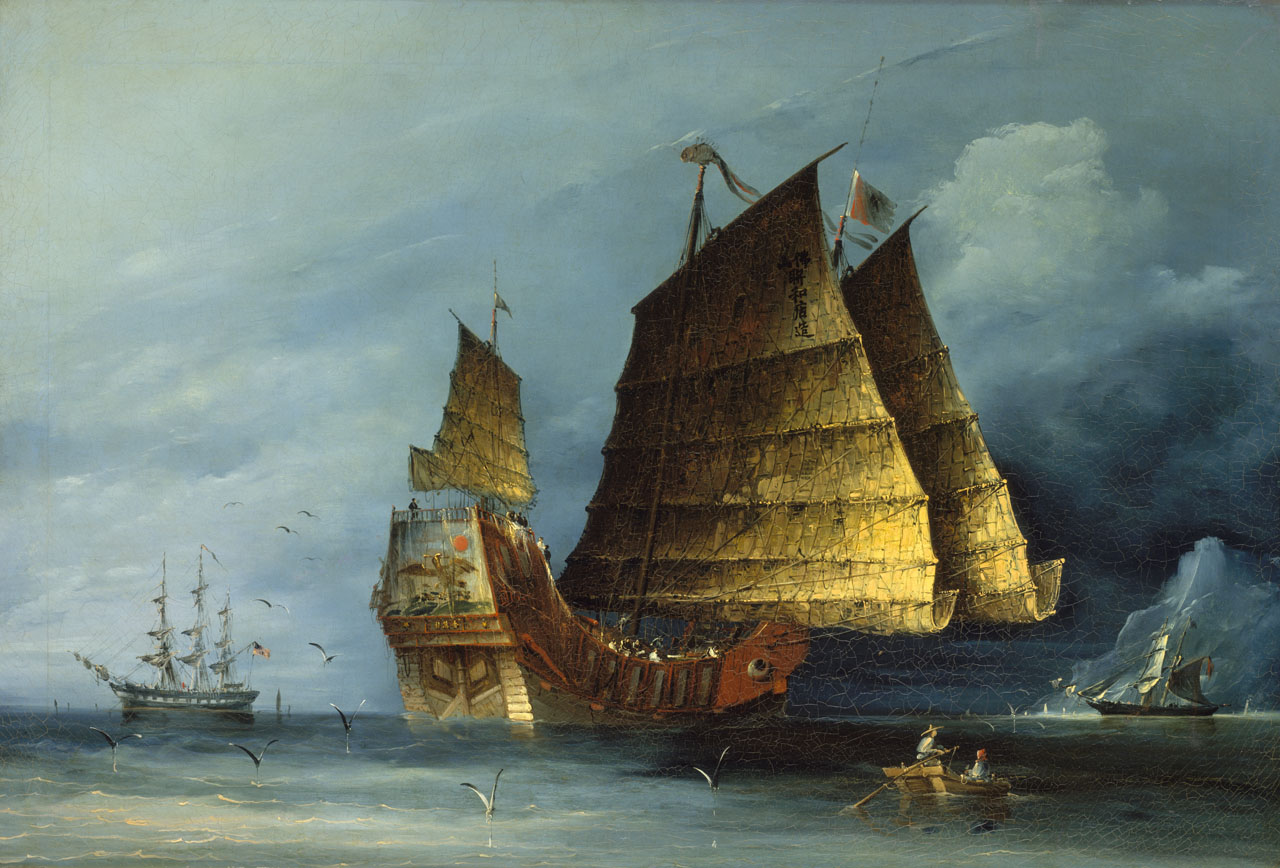
One point of interest in the Ming dynasty was the impressive voyages and trading systems established. These voyages took Chinese merchants further than they had ever traveled before.
Establishing water routes allowed the Ming dynasty to extend its dominance in trade, facilitating the export and import of goods previously unseen.
The Discovery of Ancient Ships
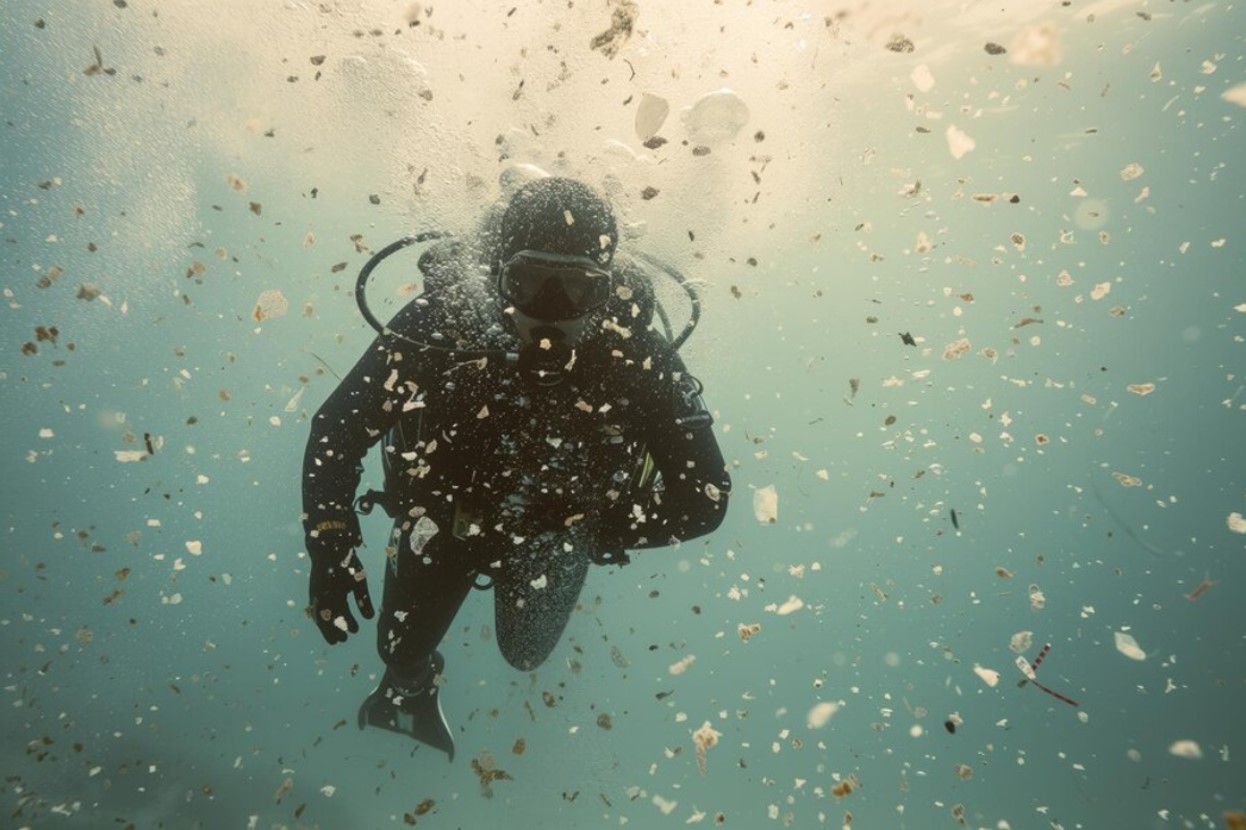
The discovery of two ancient ships in October astonished researchers who had been scouring the sea floor for notable artifacts.
China’s State Administration of Cultural Heritage announced that this discovery marked the first instance of ancient ships, which sailed and returned to the same sea, being discovered in the country.
A Historical Find
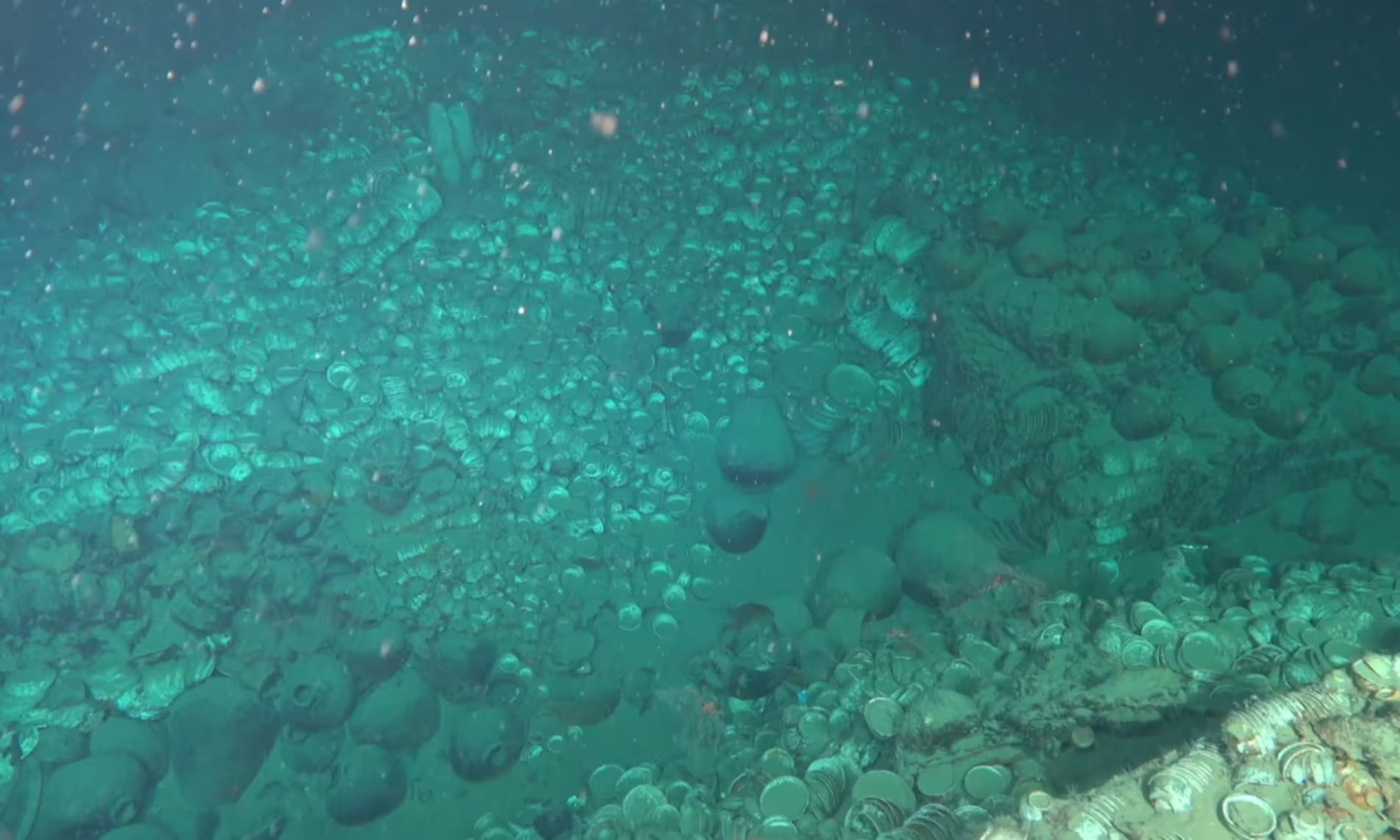
According to the Chinese government, archaeologists will begin excavating the site with deep-sea excavation equipment. The excavation process could take up to a year.
“The well-preserved relics are of high historical, scientific, and artistic value. It may be a world-class archaeological discovery in the deep sea,” said Yan Yalin, the director of archaeology for the cultural heritage agency, in a statement.
The Lucky Discovery
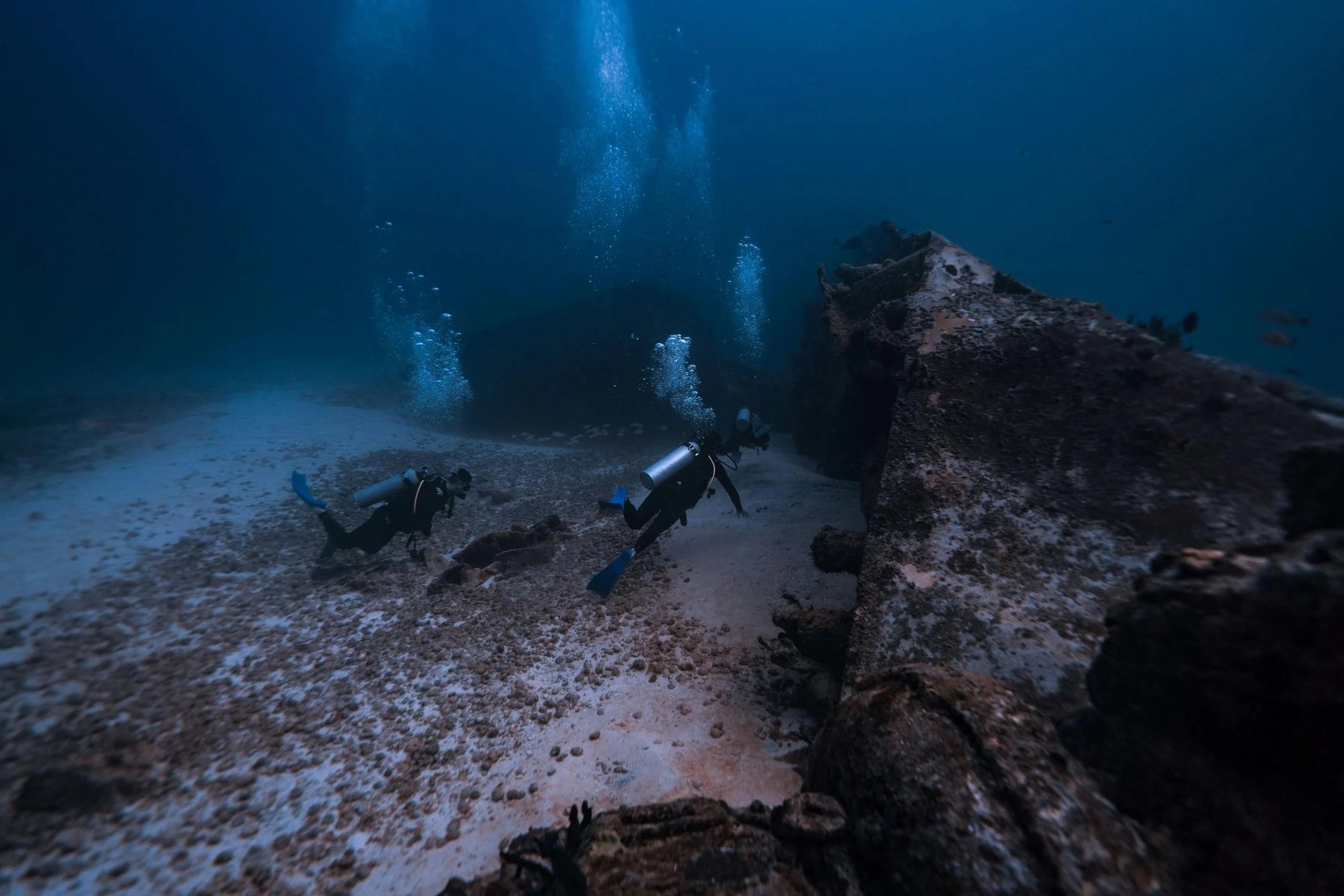
The ships were located about 1,500 meters deep underwater on the northwest slope of the sea, approximately 10 nautical miles apart.
Discovering the ships was fortunate in itself, but researchers also found that they were “relatively well preserved, with a large number of cultural relics,” according to a spokesperson quoted by The Guardian.
The Exports of the Ships
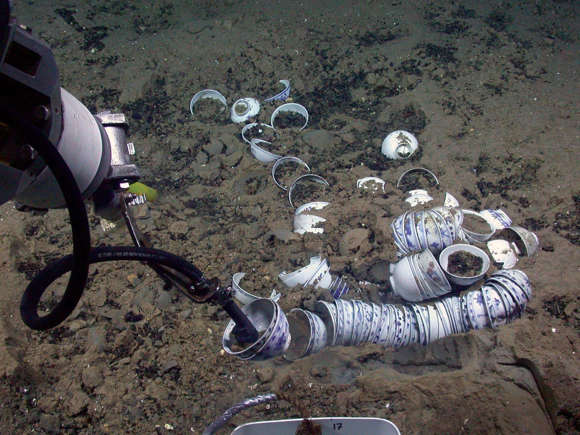
According to researchers who discovered the ships, one of the ancient ships appeared to have exploited porcelain while the other imported wood. After initial inspections, the researchers announced that the ships contained Ming-era artifacts.
This discovery could help Chinese archaeologists further their understanding of the Ming dynasty’s trading routes.
Uncovering History
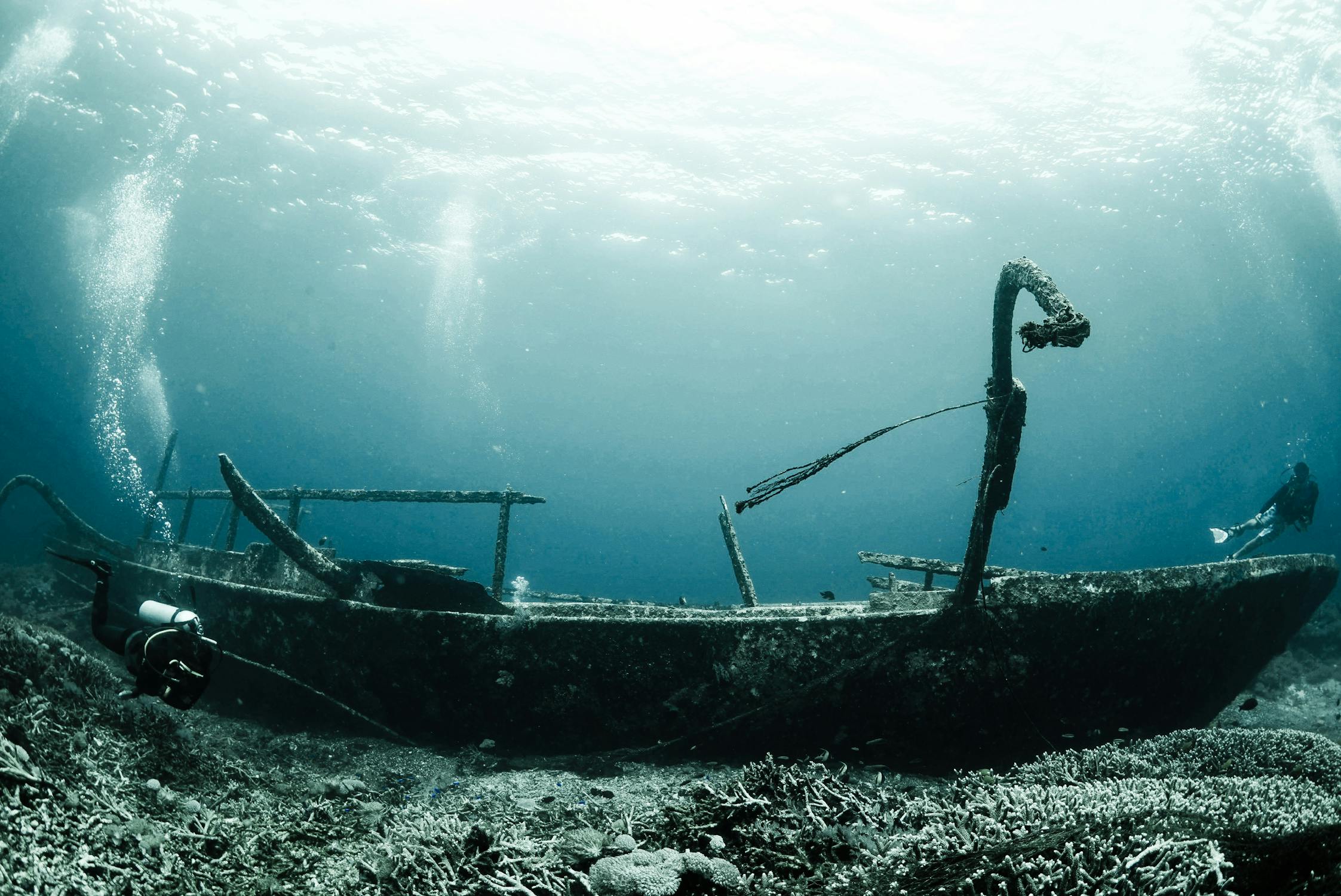
According to Yan, the discovery holds significant importance in unraveling ancient China’s international trading connections.
“The remarkably preserved artifacts possess considerable historical, scientific, and artistic significance… and represent a significant advancement in the study of Chinese maritime trade, navigation, and porcelain history,” as reported by The Vintage News.
Dating the Ships

Initial dating methods, which include inspecting the DNA of delicate waterlogged wood, provided researchers with data suggesting that one vessel dates to the Hongzhi era (1488 to 1505).
The data from the other ship dates it to the Zhengde era of the Ming dynasty (1506 to 1526). This ship was packed with historically significant artifacts.
The Riches of One Ship
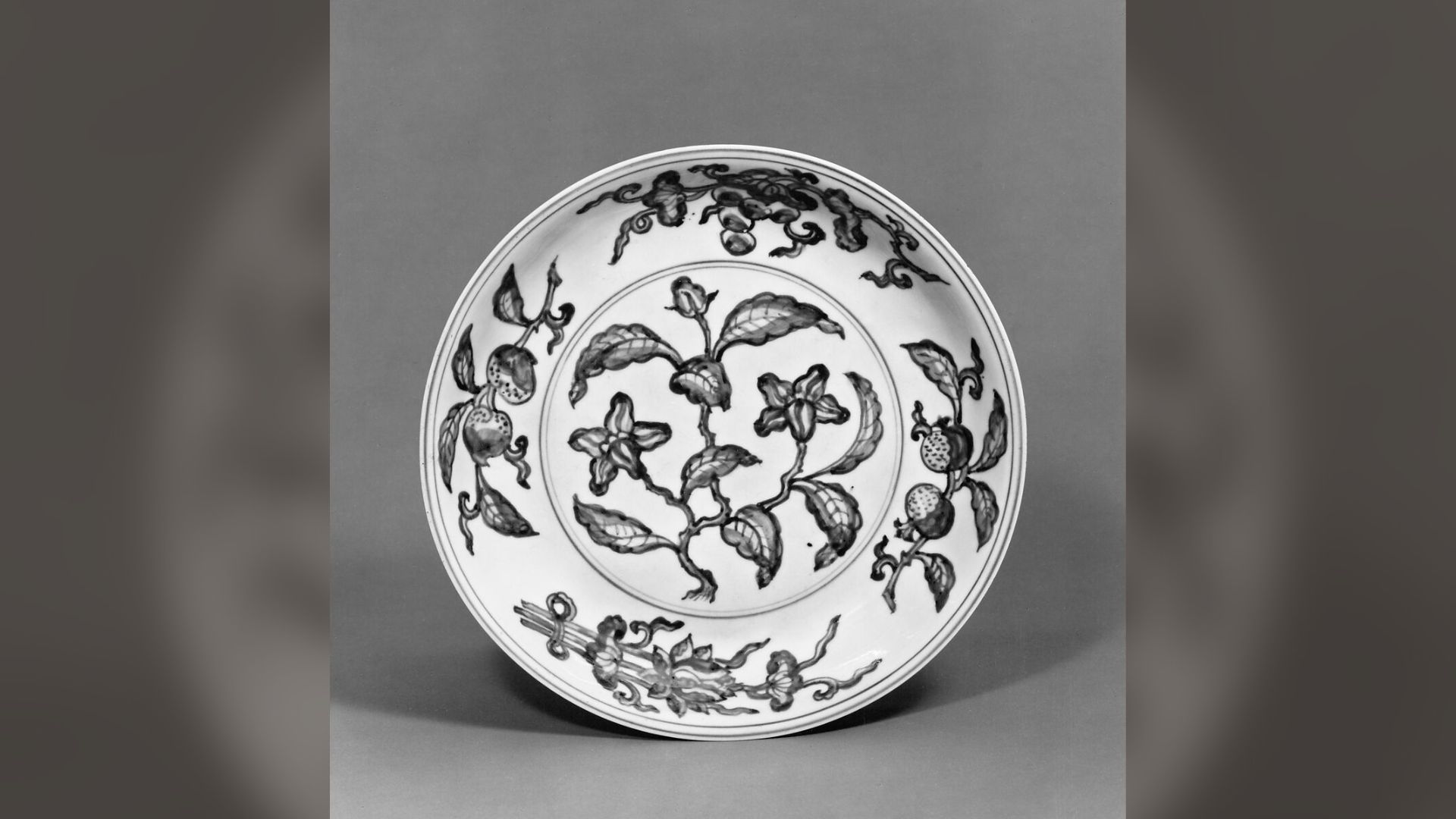
These items ranged from jars to plates to bowls, all intricately decorated with Ming-era artwork.
Unearthing Another Silk Road
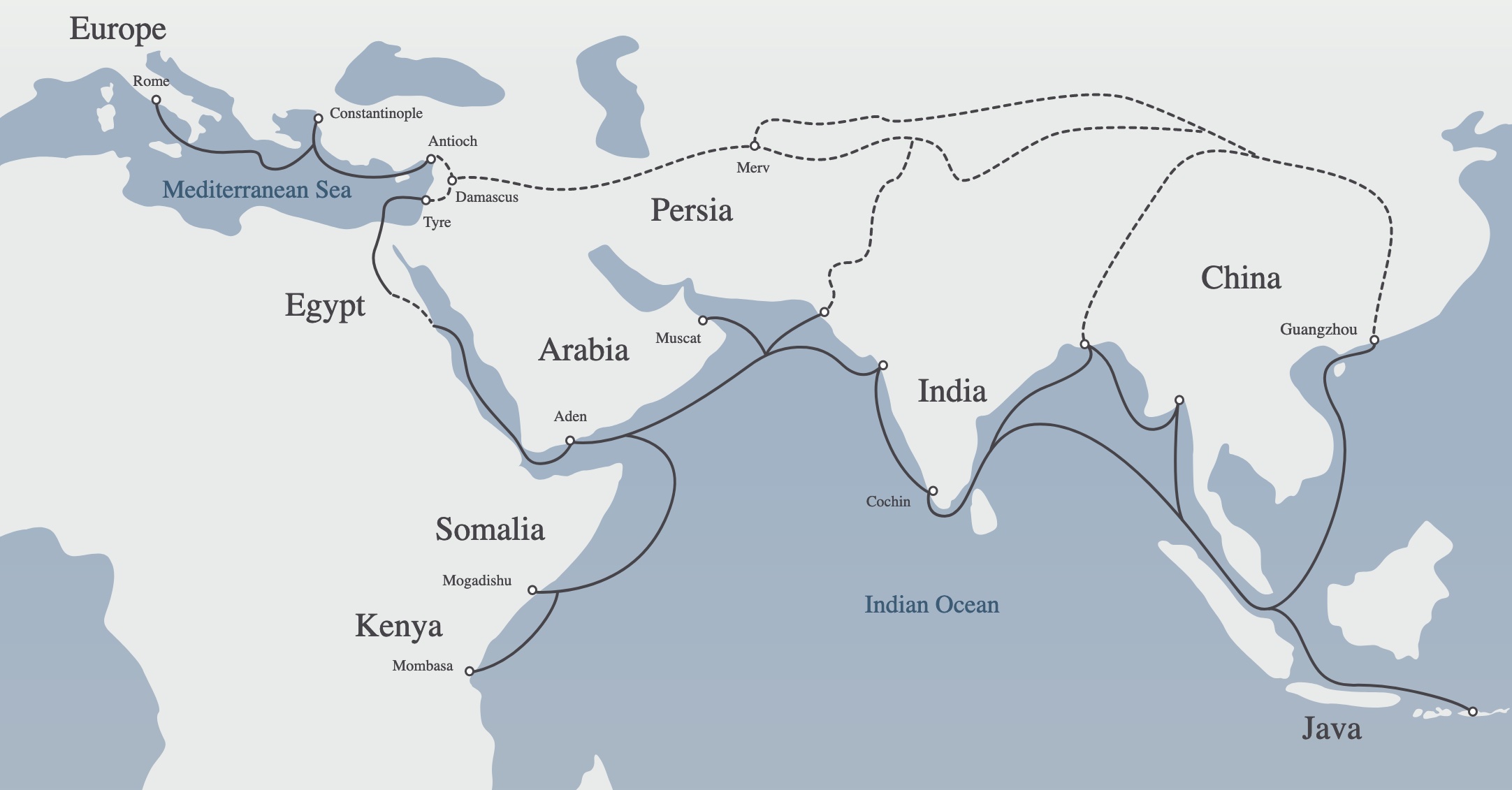
According to Tani Wei, director of the Chinese National Center for Archaeology, “It helps us study the maritime Silk Road’s reciprocal flow.”
Research Begins
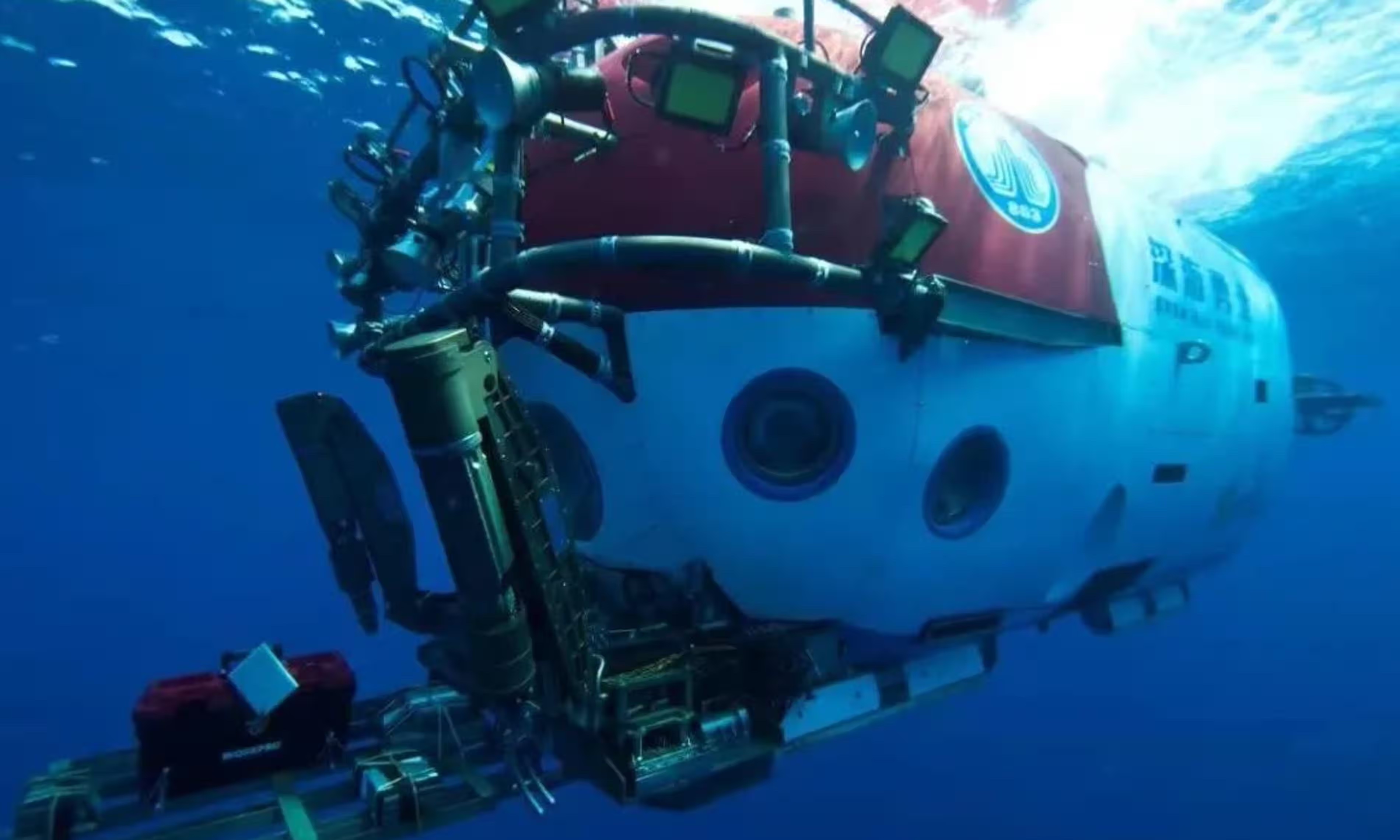
The National Center of Archaeology and the Institute of Deep-sea Science and Engineering will help Chinese researchers and archaeologists using the Shenhai Youngshi, a submersible vessel, to further explore the remains of the ships.
“We first need to figure out the condition of the shipwrecks, and then we can draft plans for archaeological excavation and conservation,” Song Jianzhong, a researcher at the National Centre for Archaeology, told The Guardian.
Advances in Underwater Archaeology Technology

Modern underwater archaeology has seen significant advancements with the integration of technology. In the discovery of the Ming shipwrecks, sophisticated 3D sonar imaging and robotic divers were crucial (via the Chinese Academy of Science).
These technologies allowed researchers to navigate and document the deep-sea environment meticulously, ensuring precise mapping and safe artifact retrieval.
Remote Operated Vehicles (ROVs) in Action

Remote Operated Vehicles (ROVs) played a pivotal role in exploring the Ming dynasty shipwrecks.
These underwater robots, equipped with high-definition cameras and mechanical arms, can operate at depths unreachable by human divers (via NOAA).
Sonar Technology and Mapping the Sea Floor
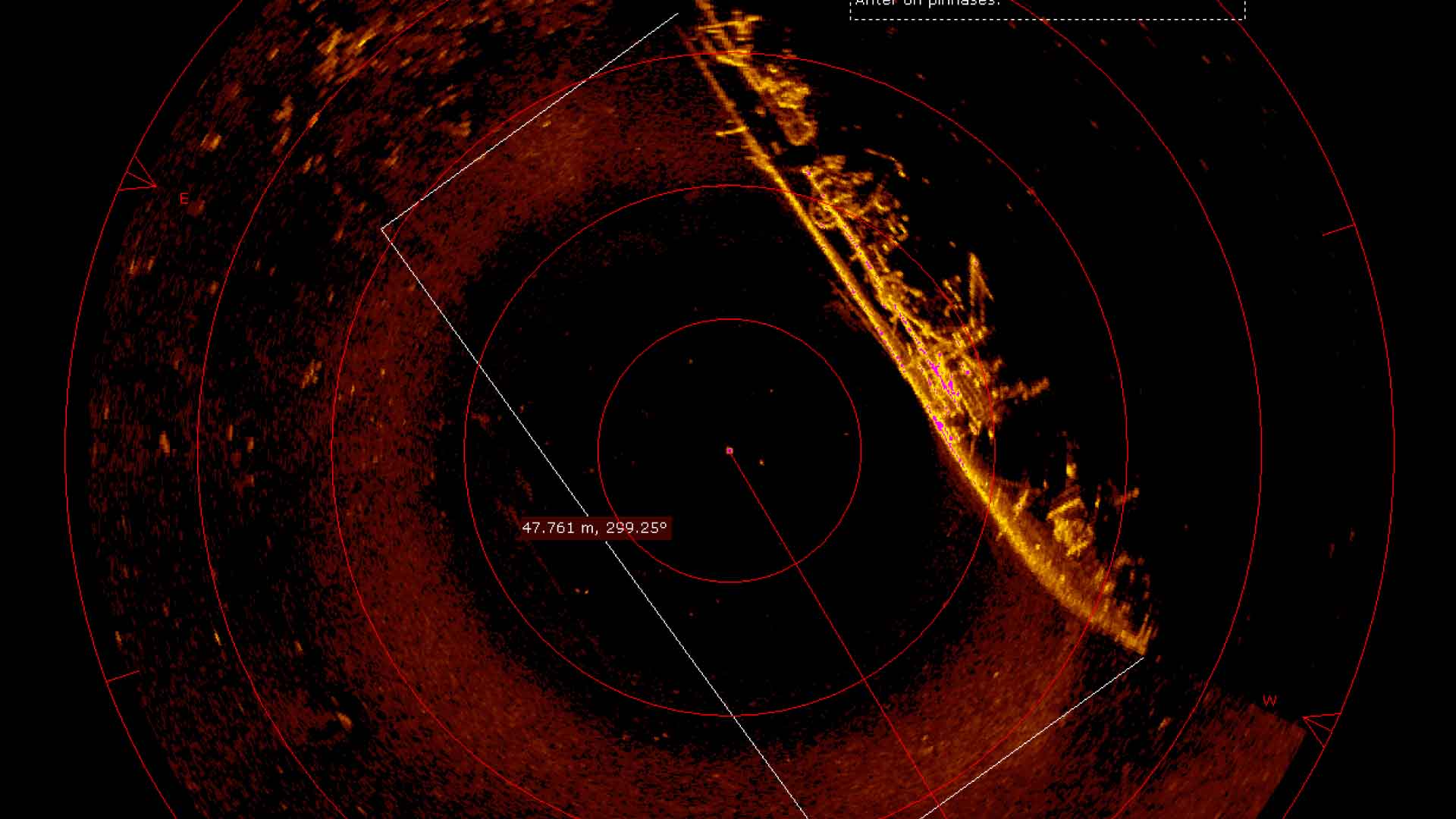
Sonar technology has revolutionized the way archaeologists locate and study submerged artifacts.
By emitting sound waves and analyzing their echoes, sonar creates detailed maps of the sea floor, revealing hidden shipwrecks and artifacts (via NOAA). This method was instrumental in pinpointing the location of the ancient Ming vessels, laying the groundwork for their exploration.
Comparison with Titanic’s Discovery
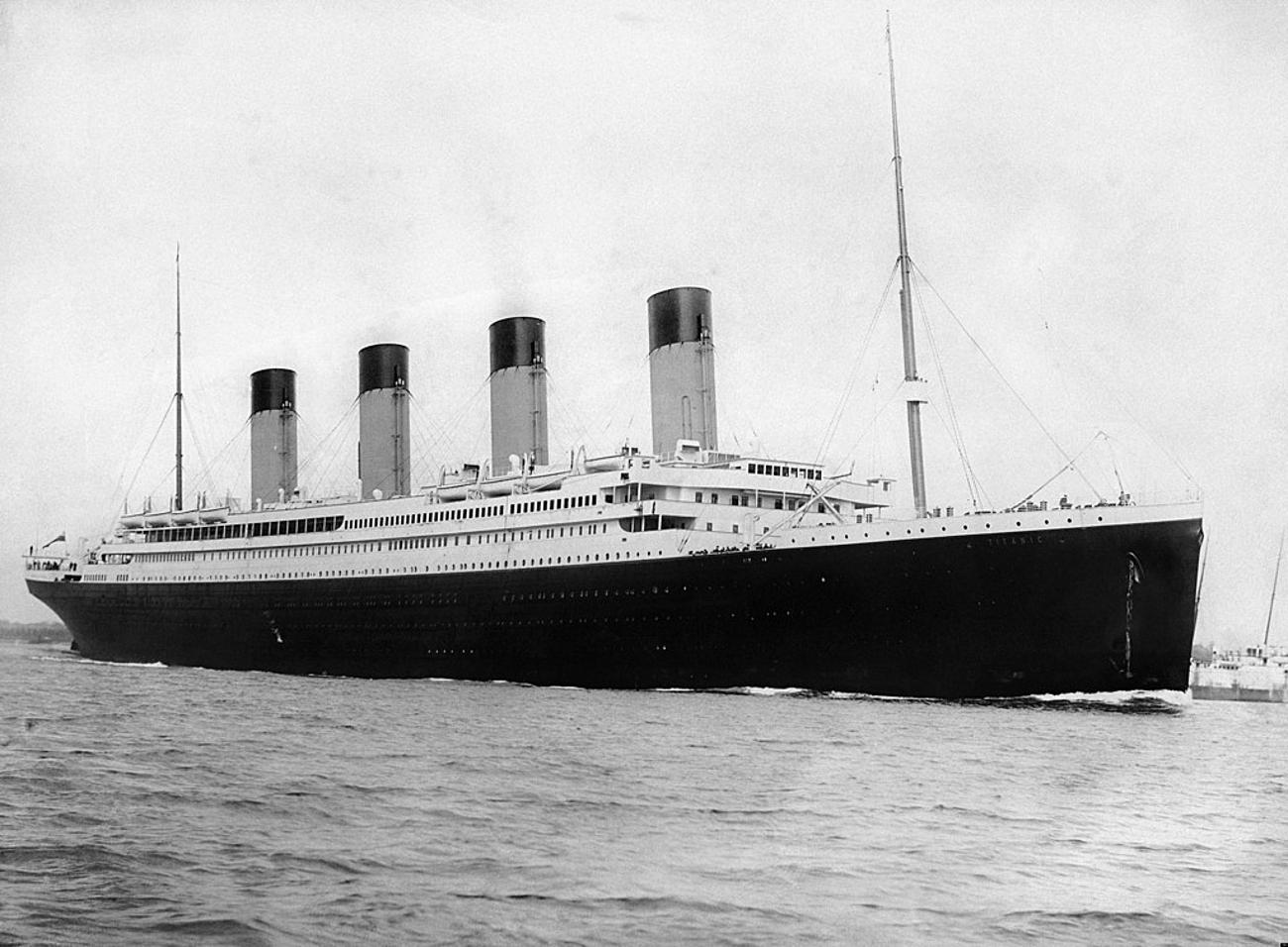
The discovery of the Ming shipwrecks can be compared with the exploration of the Titanic.
While both employed remote technology and robotic aids, the Ming exploration benefited from more advanced sonar and imaging technologies, demonstrating how far marine archaeology has advanced in just a few decades.
Impact of Saltwater on Underwater Artifacts
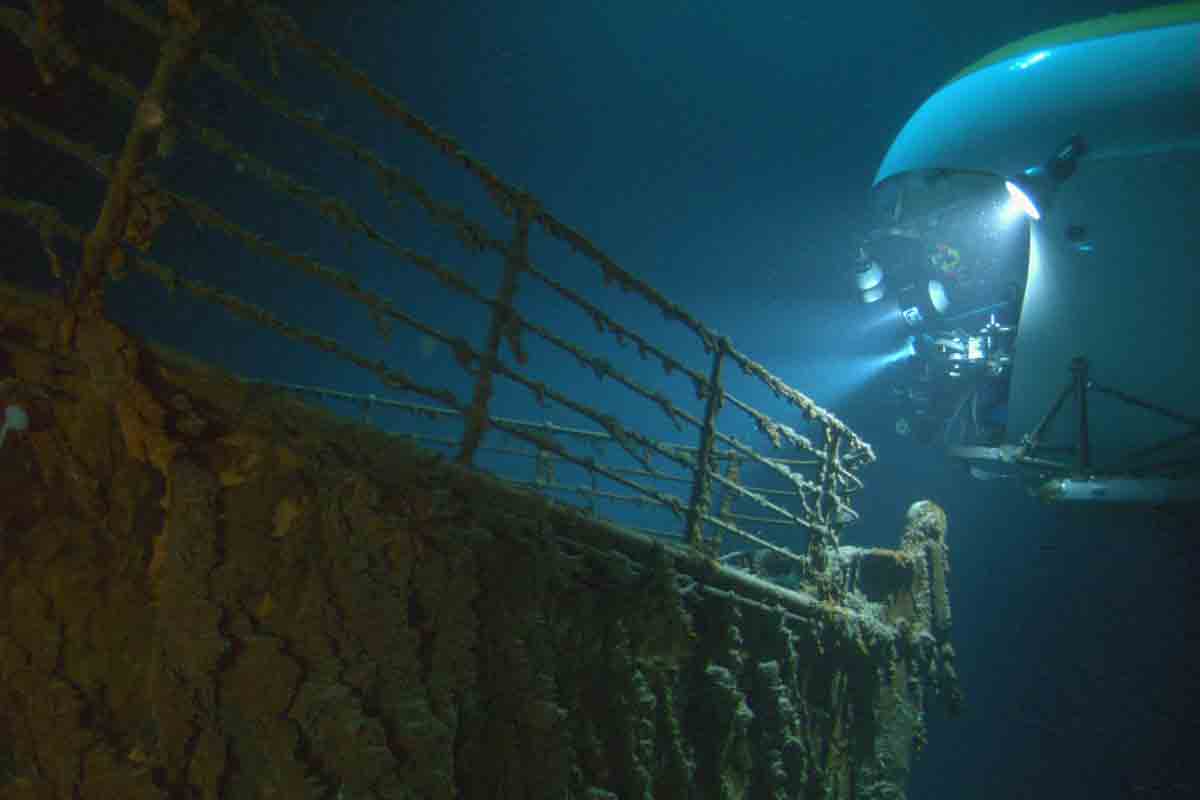
According to a Texas A&M University study, saltwater poses a significant challenge to preserving underwater artifacts, as it accelerates corrosion and decay. The Ming shipwrecks’ artifacts are subject to these conditions, making their conservation a delicate task.
Specialized baths and other techniques are required to stabilize and restore these items once they are brought to the surface.
Techniques in Preserving Delicate Artifacts
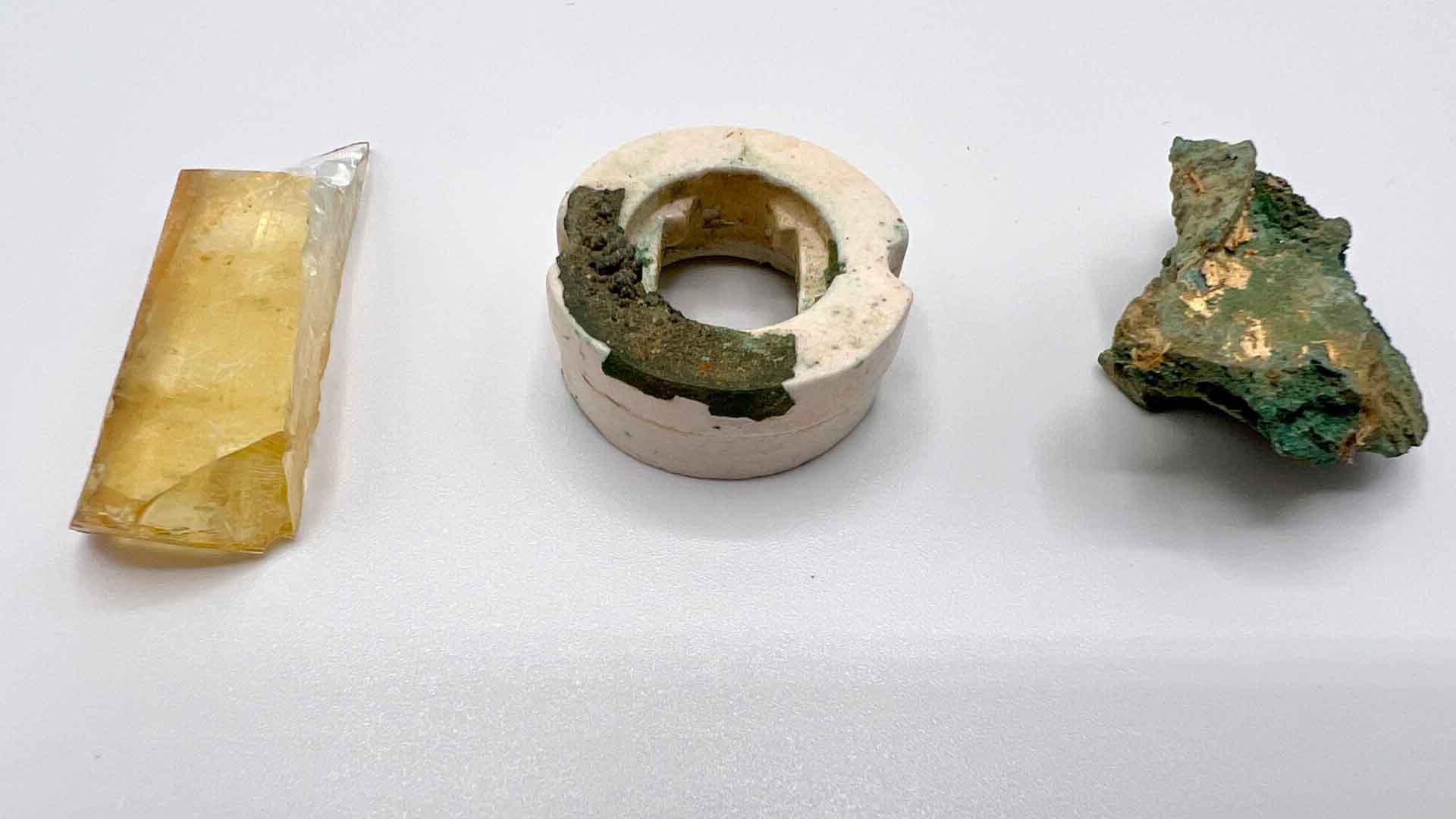
Methods such as desalination baths, which remove salt deposits, and vacuum freeze-drying, which stabilizes waterlogged wood, are crucial (via Car Wreck Divers).
These processes help ensure that the artifacts can be studied and displayed without further deterioration.
Archaeological Excavation Process
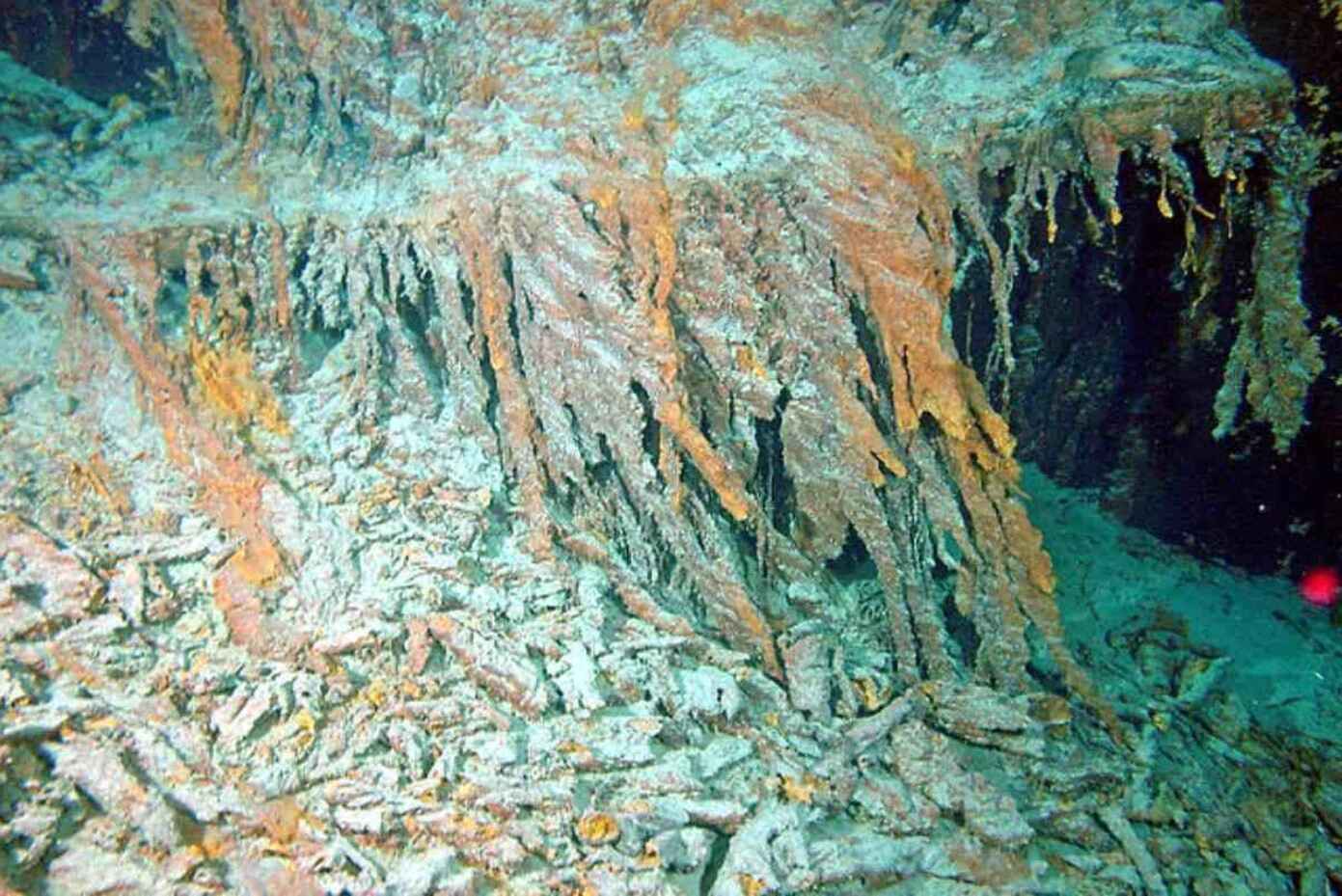
The process of excavating underwater sites like the Ming shipwrecks is also methodical and complex. It begins with a detailed survey using sonar and photographic documentation, followed by the careful retrieval of artifacts using specialized equipment.
Each step is meticulously planned to avoid damaging the delicate historical items.
DNA Analysis of Waterlogged Wood

Per scientist Lisa Briggs, DNA analysis has become a vital tool in underwater archaeology, particularly for dating and conserving artifacts.
By analyzing the DNA of waterlogged wood from the Ming shipwrecks, researchers can determine the age of the ships and better understand the materials used in their construction, which provides insights into Ming-era shipbuilding techniques.
The Legal Framework of Underwater Cultural Heritage

The protection of underwater cultural heritage is governed by international treaties and national laws.
The UNESCO 2001 Convention on the Protection of the Underwater Cultural Heritage sets standards for preserving historical artifacts found in international waters and facilitates cooperation among countries in their archaeological efforts.
Ethical Considerations in Underwater Archaeology
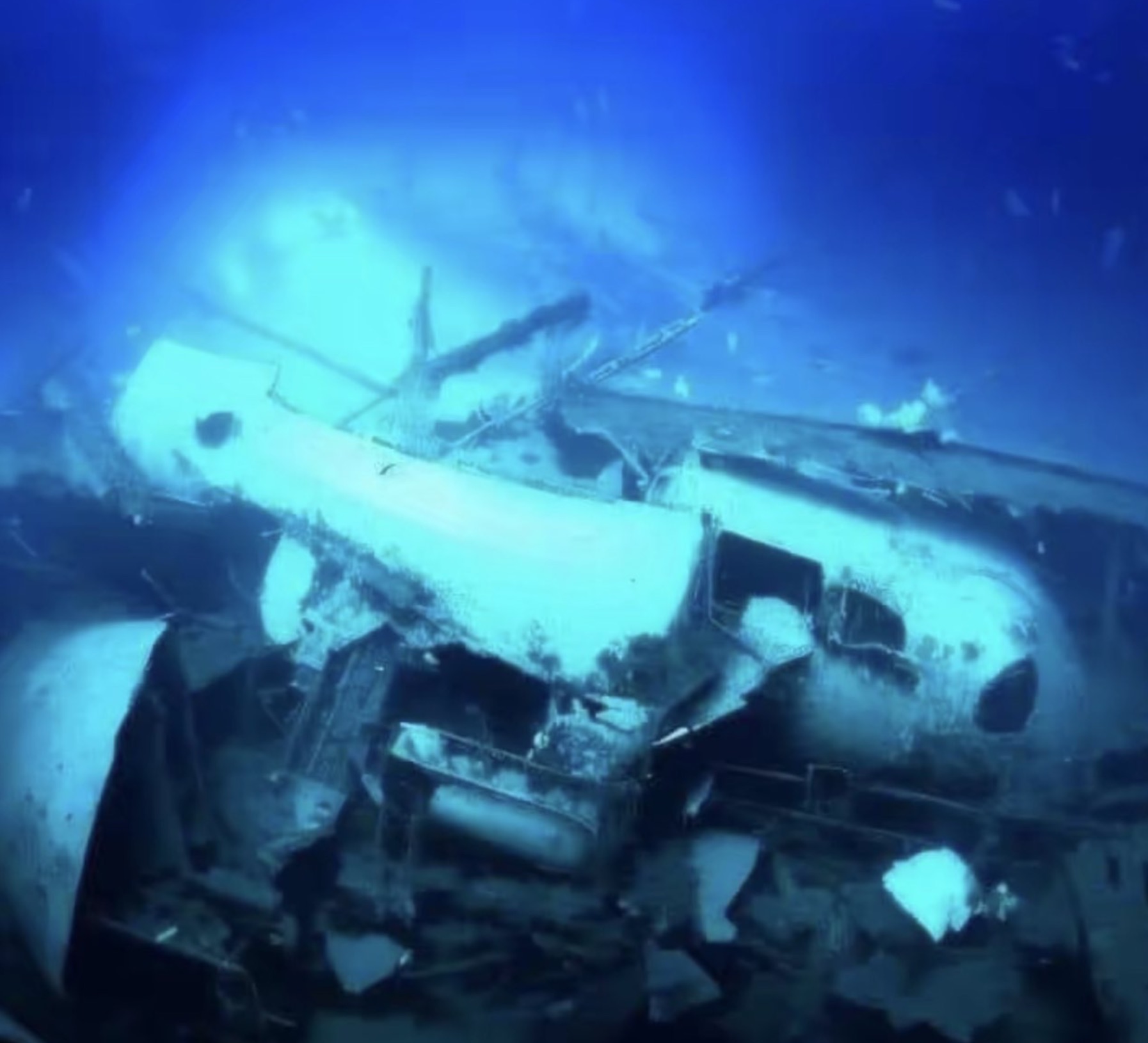
Ethical considerations in underwater archaeology include the decision to remove artifacts from their resting places.
Researchers must balance the scientific value of artifacts with the respect due to historical sites, often seen as underwater cultural landscapes or maritime gravesites.
The Future of Protecting Underwater Cultural Sites
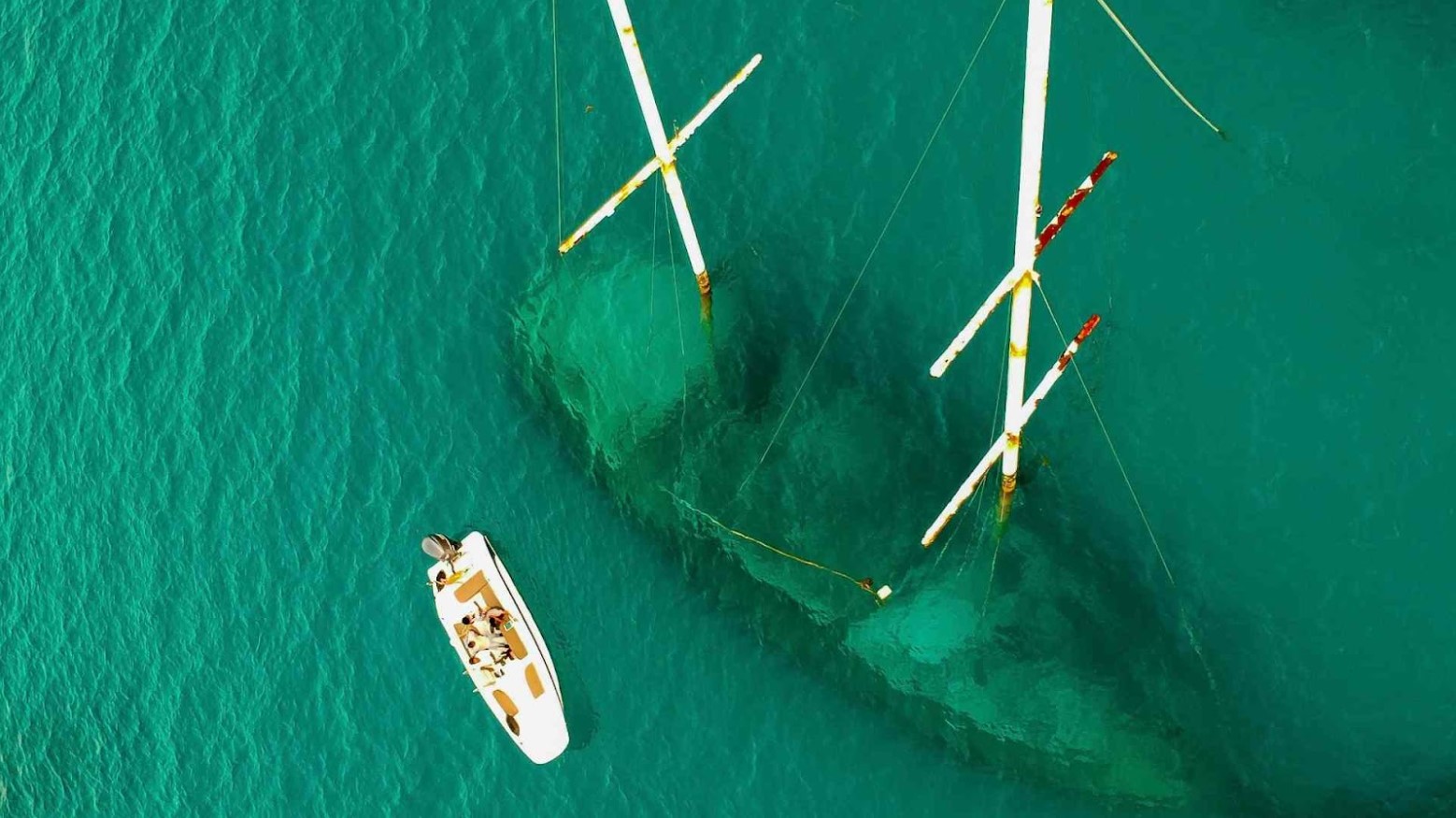
The future of protecting underwater cultural sites likely involves more advanced technologies and increased international cooperation.
Innovations in imaging and remote exploration could further minimize the need for disruptive excavation methods, preserving the integrity of submerged sites while still revealing their historical secrets.
Enhancing Public Engagement and Education

Public engagement and education are also important in the field of underwater archaeology. By using immersive technologies such as virtual reality (VR), museums and educational institutions could potentially offer virtual tours of the Ming Dynasty shipwrecks, allowing people worldwide to explore these ancient relics from their own homes.
This approach not only makes the discoveries accessible but also raises awareness about the importance of preserving underwater cultural heritage.


